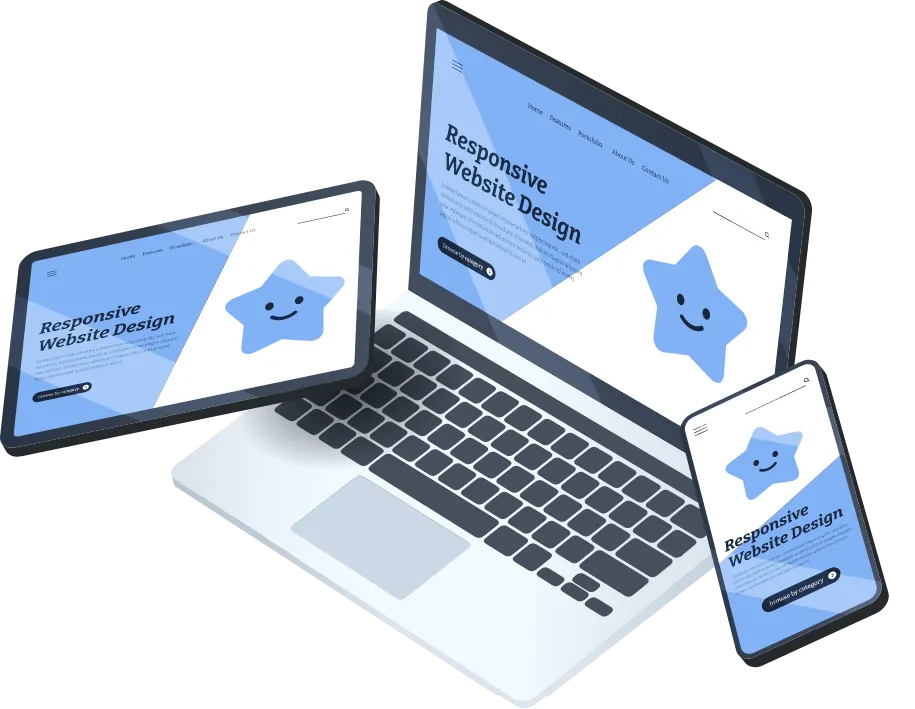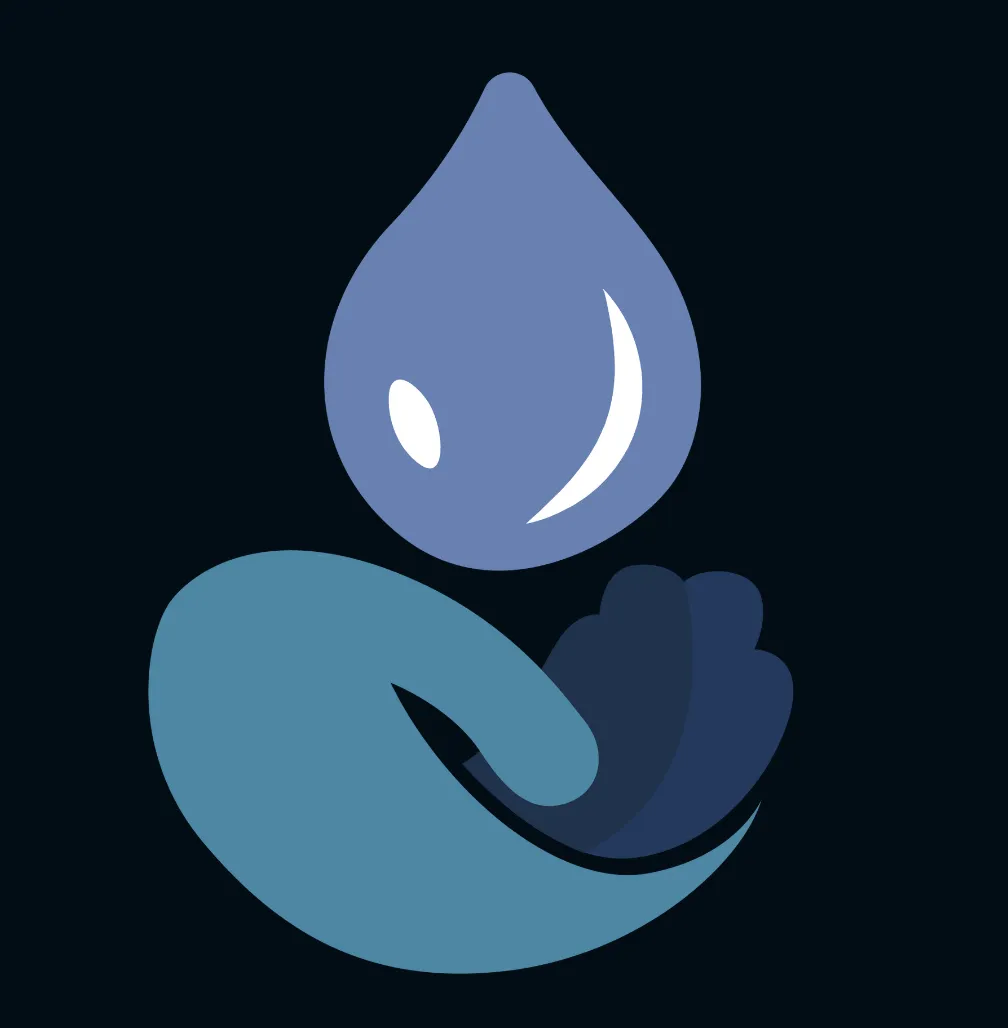Design Your Digital
Success
Crafted Websites and Graphics that Leave a Lasting Impression

WEEK 1: INTRODUCTION – WHY WATER MATTERS

Water Is Life — But It’s Running Out
Imagine turning on the faucet and getting salty water instead of clean drinking water. That’s exactly what happened in Uruguay in 2023. After months of severe drought and mismanagement, the government was forced to mix saltwater into the tap water just to keep the supply going. It was a warning sign not just for Uruguay, but for the whole world — including us.Water is something we often take for granted. But what if we told you that fresh, clean water is running out?
What Went Wrong in Uruguay?
Uruguay, a small country in South America, usually has plenty of green landscapes and rivers. But in 2023, things took a turn. The country faced one of its worst water shortages in history.Here’s why:
Climate change caused repeated droughts — long periods without rain.Pollution from farms and factories made rivers unsafe to drink from.Overuse and poor planning drained water supplies faster than they could be replaced.
By the time people realized how serious the problem was, water levels in Montevideo, the capital city, were dangerously low. Desperate for a solution, the government added saltwater to stretch the supply. But salty tap water isn’t healthy to drink regularly — and it’s a sign of crisis.
Why Should You Care?
This isn’t just Uruguay’s problem. Water scarcity is becoming a global issue. Even places that seem to have lots of water are at risk if they don’t protect it.Let’s look at the numbers:
Only 2.5% of all water on Earth is freshwater.Of that, most is locked away in glaciers or underground.What’s left — rivers, lakes, and reservoirs — is easily polluted or overused.
Without enough clean water:
Food becomes harder (and more expensive) to grow.Diseases spread more easily.Daily life — from taking showers to washing dishes — is disrupted.
Water isn't just for drinking. It's used to cook your food, water your garden, clean your clothes, and even cool electronics. That’s why protecting it is everyone’s responsibility — even yours.
What’s Happening in Uruguay?
Let’s break it down:
In 2023, Montevideo’s main water source dropped to critical levels.About 85% of Uruguay’s water goes to agriculture, mostly farms that raise cattle or grow crops.The Santa Lucía River, a key water source, is heavily polluted by chemicals from nearby farms and industries.
With less rain, more pollution, and poor water management, Uruguay’s crisis became unavoidable — and other countries may be next if they don’t learn from this example.
What Can YOU Do?
You don’t need to wait for a water crisis to start making a difference. Here’s a challenge for you: Track your water use for one week and see how much you really use.Try this:
Count the liters you drink each day.Time your showers — every minute uses about 12 liters of water!Keep track of how much water you use to cook, wash your hands, or brush your teeth.
At the end of the week, look at your numbers. Where can you reduce waste? Could you take shorter showers or turn off the tap while brushing your teeth?Small actions can lead to big change — especially when everyone does their part.
Coming Next Week:
"The Causes – Pollution from Agriculture"
We’ll dive into how farming (even the food you eat) can pollute our water, and what can be done to fix it.
Final Thought
Water is life. We can’t live without it, and we can’t replace it. What happened in Uruguay is a warning — and a wake-up call. Whether you live in a rainy city or a dry desert, water is precious. Protecting it starts with awareness, and that starts with you.
